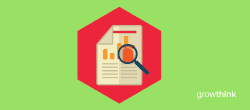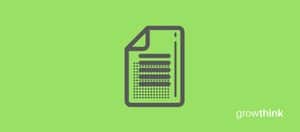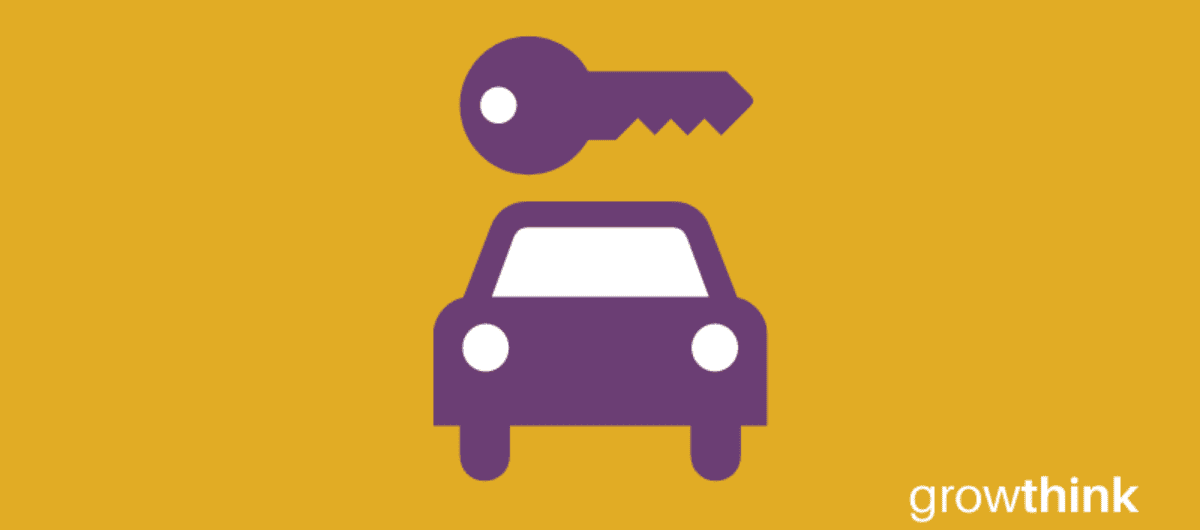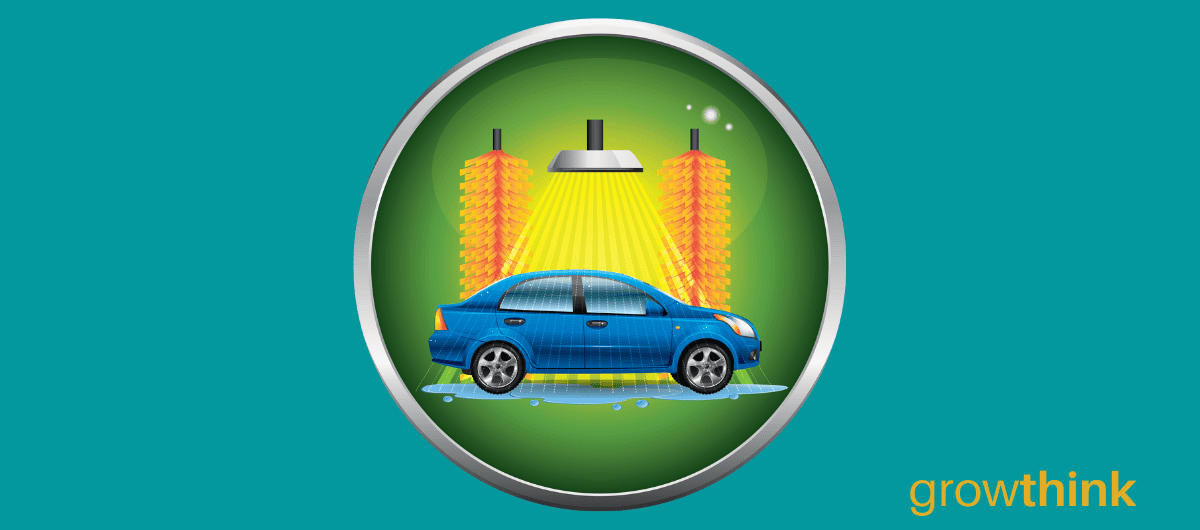Trucking Financial Plan
Your financial plan should include your 5-year financial statement broken out both monthly or quarterly for the first year and then annually. Your financial statements include your income statement, balance sheet and cash flow statements.
Income Statement: an income statement is more commonly called a Profit and Loss statement or P&L. It shows your revenues and then subtracts your costs to show whether you turned a profit or not.
In developing your income statement, you need to devise assumptions. For example, will you serve 10 customers per month or 25? And will sales grow by 2% or 10% per year? As you can imagine, your choice of assumptions will greatly impact the financial forecasts for your business. As much as possible, conduct research to try to root your assumptions in reality.
Balance Sheets: While balance sheets include much information, to simplify them to the key items you need to know about, balance sheets show your assets and liabilities. For instance, if you spend $100,000 on trucks and building out your office, that will not give you immediate profits. Rather it is an asset that will hopefully help you generate profits for years to come. Likewise, if a bank writes you a check for $100.000, you don’t need to pay it back immediately. Rather, that is a liability you will pay back over time.
Cash Flow Statement: Your cash flow statement will help determine how much money you need to start or grow your business, and make sure you never run out of money. What most entrepreneurs and business owners don’t realize is that you can turn a profit but run out of money and go bankrupt. For example, let’s say a company approached you with a massive $100,000 trucking contract, that would cost you $50,000 to fulfill. Well, in most cases, you would have to pay that $50,000 now for gas, supplies, employee salaries, etc. But let’s say the company didn’t pay you for 180 days. During that 180-day period, you could run out of money.
In developing your Income Statement and Balance Sheets be sure to include several of the key costs needed in starting or growing a trucking business:
- Cost of trucks
- Location build-out including design fees, construction, etc.
- Cost of supplies
- Payroll or salaries paid to staff
- Business insurance
- Taxes and permits
- Legal expenses

 Use This Simple Business Plan Template
Use This Simple Business Plan Template How to Create a Great Business Plan
How to Create a Great Business Plan 100 Free Sample Business Plans
100 Free Sample Business Plans Business Plan Consulting Services
Business Plan Consulting Services The Perfect Outline for a Business Plan
The Perfect Outline for a Business Plan Tow Truck Business Plan
Tow Truck Business Plan Car Dealership Business Plan Template
Car Dealership Business Plan Template Car Rental Business Plan Template
Car Rental Business Plan Template Car Wash Business Plan Template
Car Wash Business Plan Template Truck Owner Operator Business Plan
Truck Owner Operator Business Plan Box Truck Business Plan
Box Truck Business Plan Hotshot Trucking Business Plan
Hotshot Trucking Business Plan